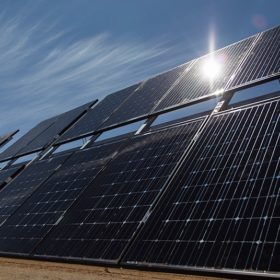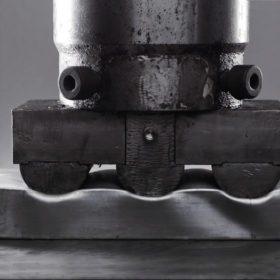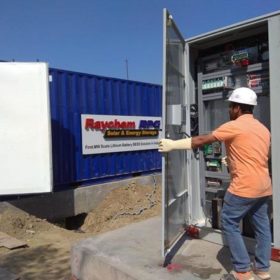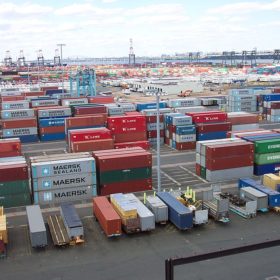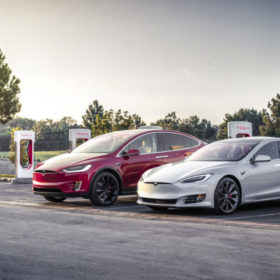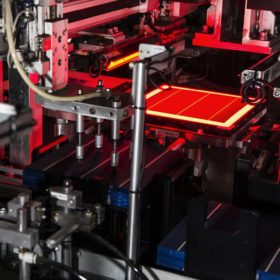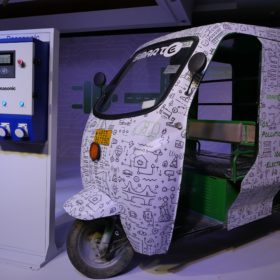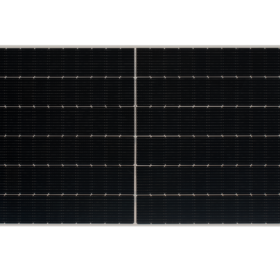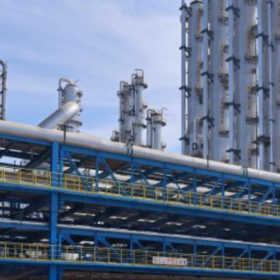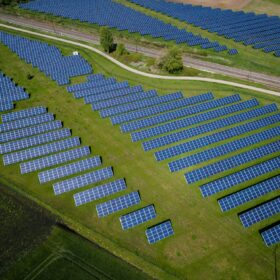Sprng Energy buys 165 MW of solar modules from China’s Risen
During the financial year 2019-20, Chinese manufacturer Risen was the second-largest PV module supplier to Indian solar installations, accounting for around 9.9% of the overall shipments.
Loom Solar eyes Rs 100 crore turnover by FY21
The monocrystalline solar panel and AC module maker, has, on average, achieved a ten times revenue growth year-on-year since its inception. It now aims to generate over Rs 100 crore revenue by the end of FY 2021—a 300% increase within a year.
Epsilon Carbon to make graphite anode materials for Lithium-ion batteries
The coal tar derivates company has commissioned a 5000-tonne per annum facility to manufacture synthetic graphite anode materials for lithium-ion batteries. It plans to invest US$ 70 million (Rs 520 crore) over the next five years to increase this capacity to 50,000 tonnes.
BHEL wins TERI order for battery energy storage systems
The state-owned engineering firm will supply and set up a cumulative 410 kWh of battery energy storage systems in Delhi under UI-ASSIST (US-India Collaborative for Smart Distribution System with Storage) initiative of TERI.
Manufacturers want 50% basic customs duty on solar imports
India imported solar cells and modules worth $1.3 billion from China in FY2019-20. Domestic manufacturers have demanded a level playing field to compete against cheaper imports.
Keltron to set up a supercapacitor manufacturing unit in Kannur
The state-owned electronics manufacturer has signed a memorandum of understanding for technology transfer with Vikram Sarabhai Space Centre of Indian Space Research Organisation.
REIL seeks 6500 quantities of 330Wp solar modules
Bids are invited from Indian manufacturers to supply polycrystalline solar modules with an efficiency of a minimum 16.75%. Bidding closes on September 3.
Waaree supplies 50 MW solar modules for an American project
The Mumbai-based manufacturer has a 2 GW state-of-the-art solar module manufacturing capacity in Gujarat and is setting up an additional Rs 11-billion modules and cells factory in the state.
Government allows sale, registration of electric vehicles without pre-fitted batteries
Delinking the battery (which accounts for 30-40% of the total vehicle cost) will bring the upfront cost of the electric 2-wheelers (2W) and 3-wheelers (3W) to be lower than internal combustion engine counterparts. The battery could be provided separately by the original equipment manufacturer or the energy service provider.
New 610 W-plus photovoltaic panels
Chinese PV module maker JinkoSolar unveiled its new 610 W Tiger Pro TR solar modules on Saturday at the SNEC PV Power Expo in Shanghai. Furthermore, bifacial module specialist Jolywood launched the Niwa Super module series, which has a power output ranging from 570 W to 615 W and a reported efficiency of 22.1%.
